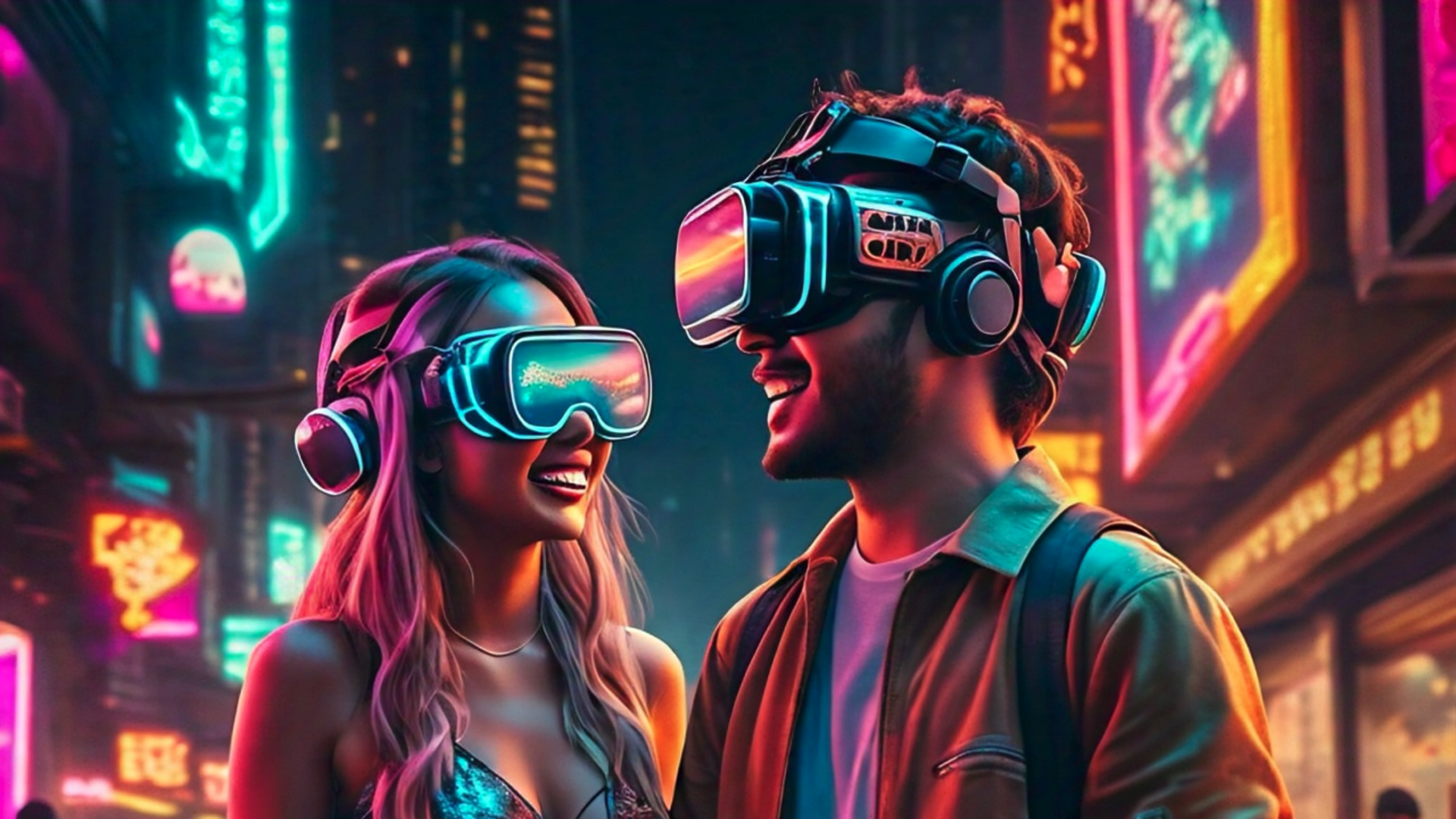Welcome back to AWE Talks, our series that revisits the most engaging content from AWE’s catalog of conference sessions. The past year has seen a rich library of insights including AWE USA, AWE Asia, and AWE Europe.
This week, we dive into best practices in conceiving immersive experiences. When do they work? What problems do they solve? Where can they go wrong? And what's the endgame? Nokia's Leslie Shannon breaks it down.
See the summarized takeaways below, along with the full session video. Stay tuned for more video highlights each week and check out the full library on AWE’s YouTube Channel.
Speakers
Leslie Shannon, Nokia
– As XR develops, there's ample commentary and opinion on use cases and killer apps.
– The same goes for these technologies' manifestations in the real endgame: the metaverse.
– One litmus test for conceptualizing all these use cases is to ask what problems they solve.
– For example, look at many of the current flavors and early versions of the metaverse.
– Web3 experiences are arguably too tied to currency-based interaction rather than experience.
– Gaming is meaningful, including competition and even commerce for younger generations.
– Socially-geared metaverse experiences likewise have value in connecting people meaningfully.
– The same can be said for the enterprise metaverse, with ample value for distributed workforces.
– For example, EY uses Zingbang to simulate spatial orientation and serendipitous interactions.
– Here, the answer to the question about solving problems is to recreate human connection.
– On the other end of the spectrum are metaverse experiences that are just 'tech for tech's sake'
– Orange Luxembourg's metaverse is a big download, lots of waiting, and a relatively weak payoff.
– The lesson: lean into the native aspects of dimensionality and interactivity.
– If the value exchange ends up being 2D information... you could have done that on a website.
– Another question comes down to the hardware touchpoints... and that will be a moving target.
– VR is immersive but doesn't scale in terms of today's installed base and its eventual ceiling.
– PCs and mobile devices are the opposite: there's scale but less immersion and interaction.
– Meanwhile, mobile AR like social lenses are conditioning consumers to AR at scale.
– The sweet spot could be AR glasses where we can have line-of-sight immersion and scaled use.
– It doesn't have to be graphically rich. Text and audio can be meaningful and personally relevant.
–"Personally relevant" just got a big boost due to one big factor: AI (e.g., Meta Ray Ban glasses).
– The ability to make us smarter and situationally-aware humans is the real promise of XR.
– Even still, there's a ways to go in building out all parts of the stack, especially infrastructure.
– That makes now a particularly exciting time in XR's evolutionary path, as there's so much ahead.
For more color, see the full session below...




